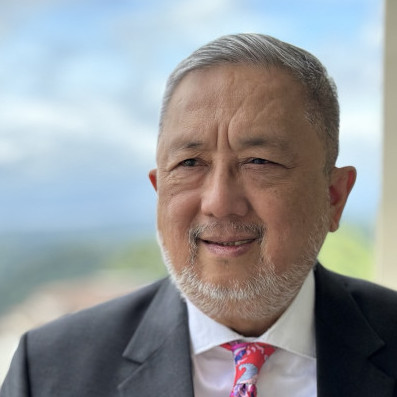

As if we did not have enough problems besetting the ERC, we now have a regulator left with no power to make decisions. Once more, this will leave the sector in turmoil.
This latest development raises a crucial question: How can we ensure long-term stability in the sector to prevent discouraging investors and sustain their support? As I argued in my last article, the ERC itself is the leading cause of the high risk that investors face in the electricity market.
Cracks in centralized electricity markets
The complexity and imperfections of centralized electricity markets have created a disconnect between supply-side actors and the lived realities of consumers.
Price signals from the WESM (Wholesale Electricity Spot Market) are volatile, opaque, and often distorted by constraints that households and localities have no control over —including congestion pricing, must-run units, reserve costs, and market inefficiencies. Yet every kilowatt-hour traded under these conditions ultimately flows into the consumer's bill.
These are issues that the ERC, together with the DOE, must resolve quickly. Businesses and households are struggling with high electricity costs. With a "lame duck" ERC, this will only lead to prolonged suffering from these high power rates.
We envision bringing global data centers to the country. However, due to our high power costs, we cannot compete with Malaysia and Vietnam. We need to reboot our regulatory framework if we are to be competitive.
LGUs powerless over power
In the meantime, what are the implications of all this for consumers and even Local Government Units (LGUs)?
Several local executives have come to see me asking what they can do in power to be more responsive to their constituents. They lament that while they wield political power, they have "no power over power." When brownouts occur, or consumers are hit with high power rates, these local executives are often helpless and cannot effectively respond to their constituents' needs and questions.
Returning energy needs determination to the local level also aligns with democratic principles and the constitutional mandate of local autonomy.
Power to the people, literally
In the United States, movements like the Institute for Local Self-Reliance (ILSR) are beginning to recognize the rationale for reinvigorating local communities to determine their own energy needs. They are focused on the "democratization of power." ILSR's mantra is that democracy can only thrive when " economic and political power is widely dispersed."
If consumers are to shoulder the financial burden of energy, they must also have the ability to shape it.
Energy democracy begins with allowing households and local governments to answer the fundamental questions: How much energy do we need? When do we need it most? How much are we willing to pay for it?
Re-centering the energy conversation around communities is not just fair—it is necessary for building a more sustainable, accountable, and inclusive energy future.

A power industry expert with over 40 years in experience as chief executive officer in firms ranging from banking, power, and advisory services.

